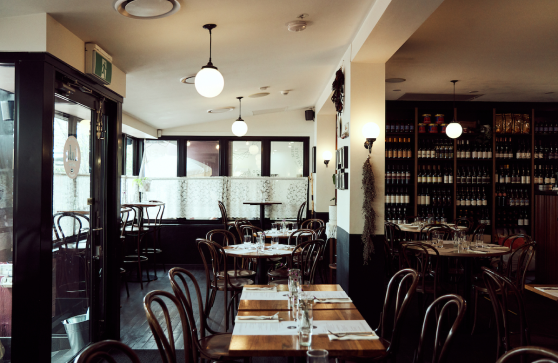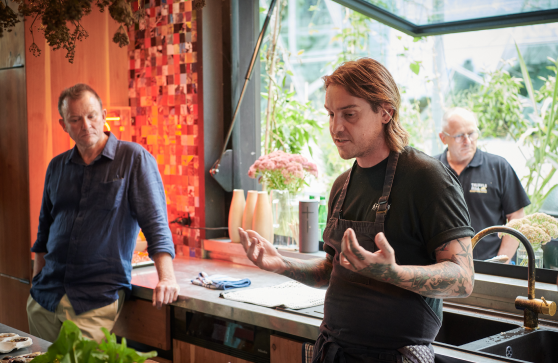Not so long ago food, drink and restaurant trends took their sweet time to travel the globe, brought from country to country and continent to continent by intrepid culinary explorers and overfed journalists. While more affordable air travel has made the world smaller, its culinary cultures and restaurants easier to consume, it’s the impact of the internet and, in particular, social media that has sped up the dissemination of culinary fashion. Where once there was only a sporadic trickle, there’s now a steady flow of instantly accessible new ideas from around the world.
A new ingredient, kitchen technique, cooking gadget, way of plating, cocktail, beer or wine discovery can make its way from London, Paris, New York or Tokyo to the rest of the world in the time it takes to compose an Instagram post.
Yet the more profound changes currently taking place in the restaurant industry go beyond minor details to underlying principles. The impact on the environment of how and what we eat continues to inform the menus of the world’s most forward-thinking chefs. You don’t have to be Greta Thunberg or René Redzepi to understand this means the need to embrace sustainable seafood, responsible farming, a reduction in food miles, eating less meat and more vegetables.
While there will always be expensive restaurants, the concept of ‘fine dining’ continues to evolve with eco-conscious, fuss-free, sans tablecloth luxury that takes its lead from the Nordic region. Elsewhere, perhaps in reaction to this, a return to old fashioned luxury has seen the theatre of tableside service make a comeback.
See also the shunning of traditional high-end ingredients, particularly if its production is considered controversial – farewell foie gras, adios eel – and the embracing of sustainable delicacies previously considered by-products, such kid goat and retired dairy cow.
When it comes to more casual, accessible dining, there’s a re-evaluation going on in terms of what makes a restaurant experience. That can mean the kind of specialisation that’s more common in Asia, elevating something simple – fresh pasta, pizza, burgers, hot pot, noodles – via a single dish menu and high quality service. Often this is informed by a thriving street food scene, supported by city venues with a rotating cast of operators that provide the infrastructure to allow young entrepreneurs to test out restaurant concepts with a comparatively small financial outlay before they commit to permanent premises.
Finally, in an industry that remains male dominated, particularly in the kitchen, there is now a clear movement to try and even the playing field by developing, supporting, promoting and recognising more women in restaurants. The future’s bright and increasingly female.











